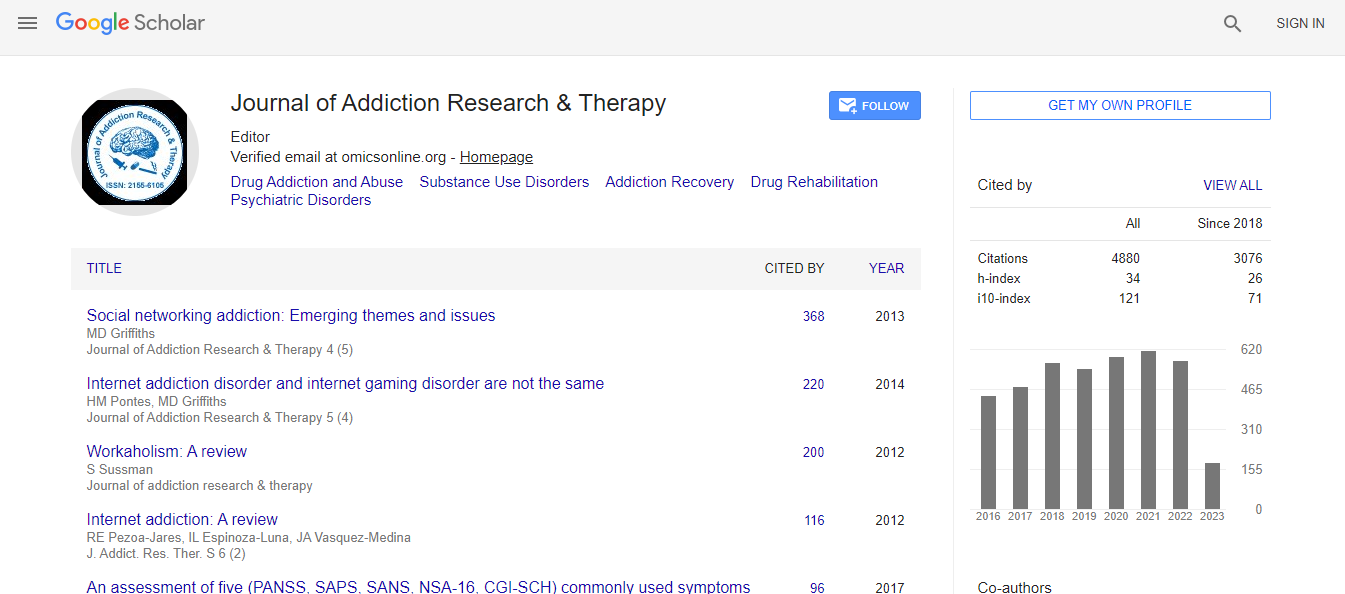Commentary
E-Cig Tipping Points vs. FDA Deeming Regulations
Joel L Nitzkin*Tobacco Policy, R Street Institute, New Orleans, Louisiana, USA
- Corresponding Author:
- Joel L Nitzkin
Senior Fellow for Tobacco Policy
R Street Institute, Louisiana, USA
Tel: +1-504-899-7893
Fax: +1-504-899-7557
E-mail: jlnitzkin@gmail.com
Received date: November 19, 2016; Accepted date: February 03, 2017; Published date: February 10, 2017
Citation: Nitzkin JL (2017) E-Cig Tipping Points vs. FDA Deeming Regulations. J Addict Res Ther 8:304. doi:10.4172/2155-6105.1000304
Copyright: © 2017 Nitzkin JL. This is an open-access article distributed under the terms of the Creative Commons Attribution License, which permits unrestricted use, distribution, and reproduction in any medium, provided the original author and source are credited.
Abstract
E-cigarettes and related vapor products (e-cigs) are here to stay. They have tipped from a fad to a permanent part of the tobacco product scene. They now constitute a ten year old multibillion dollar industry in the United States. More likely than not, they offer personal and public health benefits far exceeding theoretically plausible harms. The current FDA “deeming” regulations threaten to eliminate more than 99% of e-cig products by imposing requirements so costly that few can afford to apply. Federal regulation of all tobacco-related products is needed to best protect the health of the public. Instead, the current regulations protect cigarettes from competition from e-cigs and other lowrisk alternatives and threaten to drive dedicated e-cig users back to cigarettes or to hazardous contraband and home-made products. Alternatives to the current regulations are proposed.

 Spanish
Spanish  Chinese
Chinese  Russian
Russian  German
German  French
French  Japanese
Japanese  Portuguese
Portuguese  Hindi
Hindi 
